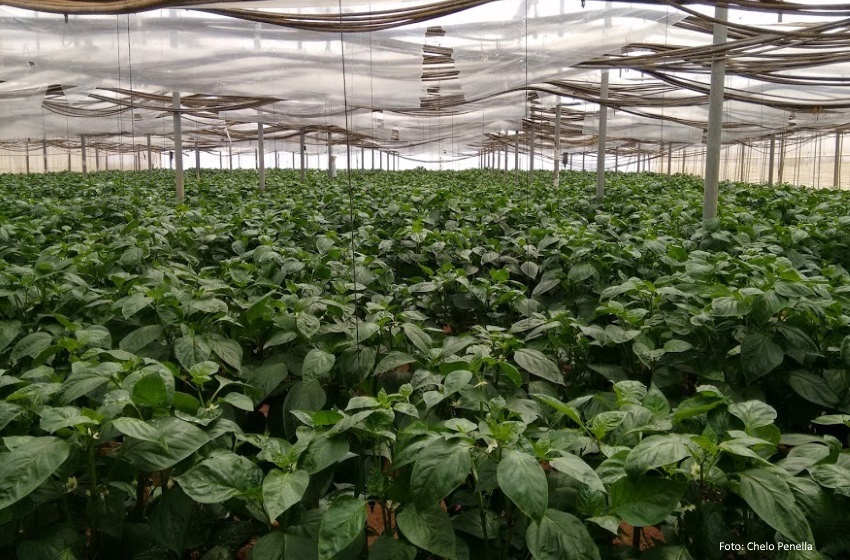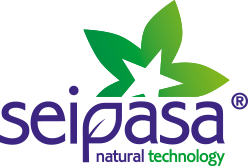Root biostimulant in spring vegetable crops

Applying a root biostimulant in spring vegetables crops for a powerful development results in a pivotal factor to ensure an optimum yield. Crops must cope with a wide range of unfavorable situations so as to achieve optimum performance. Together with pests and diseases, and within the context of climate change, there are more and more situations of environmental stress occurring. These factors lead to production decline, both in quality and quantity. Thus, regulating plant growth ends in a highly important factor, which will mark the productivity of crops.
In crops, a powerful starting is always synonymous with safe harvesting. Therefore, the treatments applied in initial stages play an essential role in the later development. With the calendar well into the month of May, the last frosts of spring have been left behind. The weeks that arrive ahead will take us into summer.
Thus, hot days with many hours of sunshine begin to become common, creating a favorable scenario to obtain the maximum yield in summer crops like tomato, pepper, eggplant, melon or watermelon. The cultivation of vegetables in spring has begun during winter months by preparing the seedbeds. Later, in spring, we proceed to field transplantation.
In southern regions like Almeria, this calendar is slightly modified when it comes to greenhouse plantations. Seedbeds have been prepared in July, and transplantation is delayed until the months of August-September.
Irrespective of the calendar, the application of a root biostimulant is well recommended within the first stages of cultivation. By using it, a broad, dense and branched root development is promoted in the plant.
A better plant development results in crops being more tolerant to the most unfavorable environmental conditions. Crops are also more capable of resisting disease entry. In addition, it allows better absorption of nutrients, so that apart from achieving better yields (and fewer losses), the quality of the crop will be higher.
Root biostimulant: growth and nutrient uptake
Seiland is a biostimulant to be applied at the time of transplantation, just within the first stage of cultivation in the field. The solution produced by Seipasa contains a mixture of microorganisms colonizing the ecological niche that roots occupy and creating a biological barrier that is beneficial for crops.
Seiland is high in organic matter. It provides carbon and nitrogen to the soil. These elements are needed for the installation and development of microorganisms. Its action allows to colonize the root area so as to protect it from being attack by pathogens.
The microorganisms of Seiland provide substances activating defense mechanisms, as well as elements and substances beneficial to plant development. The application of Seiland also allows to stimulate the activity of the microbial flora of the soil. Therefore, nutrients are more accessible to plants, allowing a more efficient use of fertilizers.
The application of a root biostimulant in spring vegetable crops is especially visible from initial stages. Not only does this process contribute to a correct plant development, but it also helps the plant to complete its cycle properly. It means not being conditioned by the different stresses in initial stages, when crops are more vulnerable.

